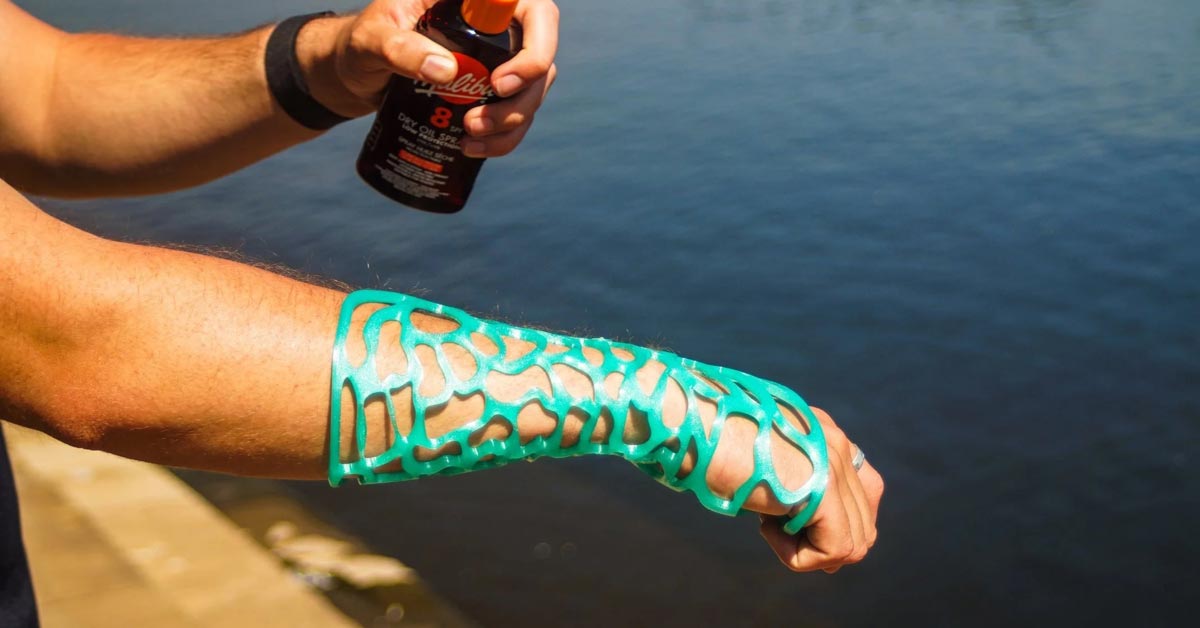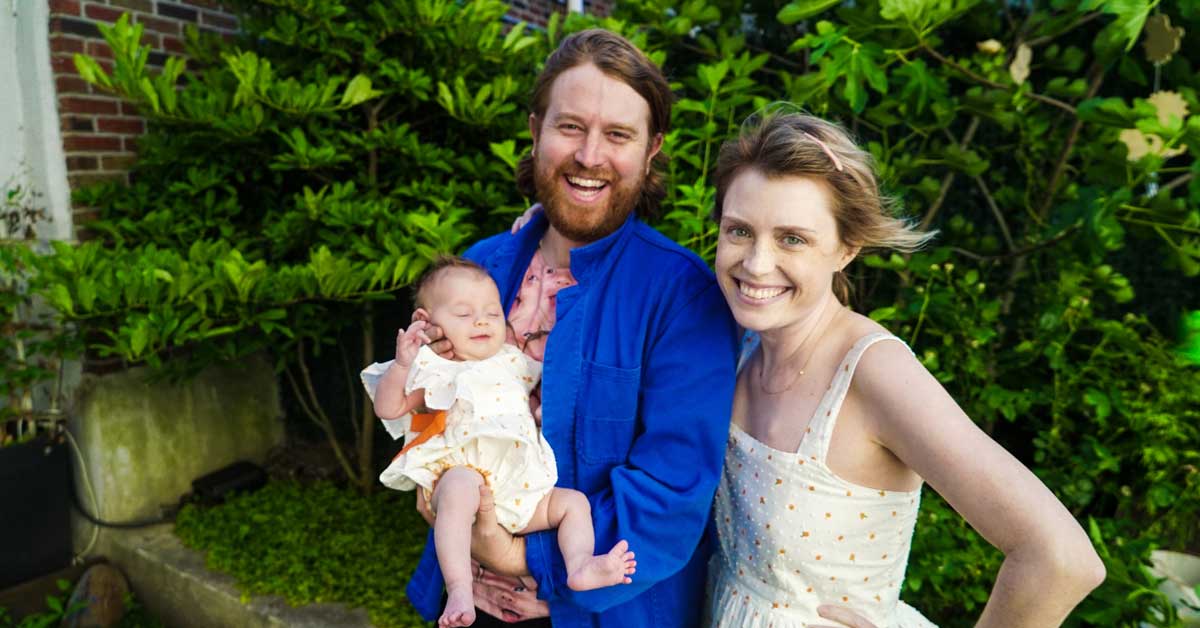When Jake Inglis sustained a fracture to his back at age 17 while playing hockey, his life suddenly turned upside down.
For six months, he was unable to play with his club team and spent his time ambulating with a wheelchair and doing intensive physical therapy.
Fortunately, he returned to the sport later on, but the life-changing experience lingered.
“Being immobilized and going through rehab gave me a deep understanding of the frustration and isolation that patients feel,” Inglis said in a press release for Nottingham Trent University, where he is studying architecture and design.
“Being an athlete who is used to moving your body all of the time, to becoming unable to move altogether, was incredibly frustrating for me.”
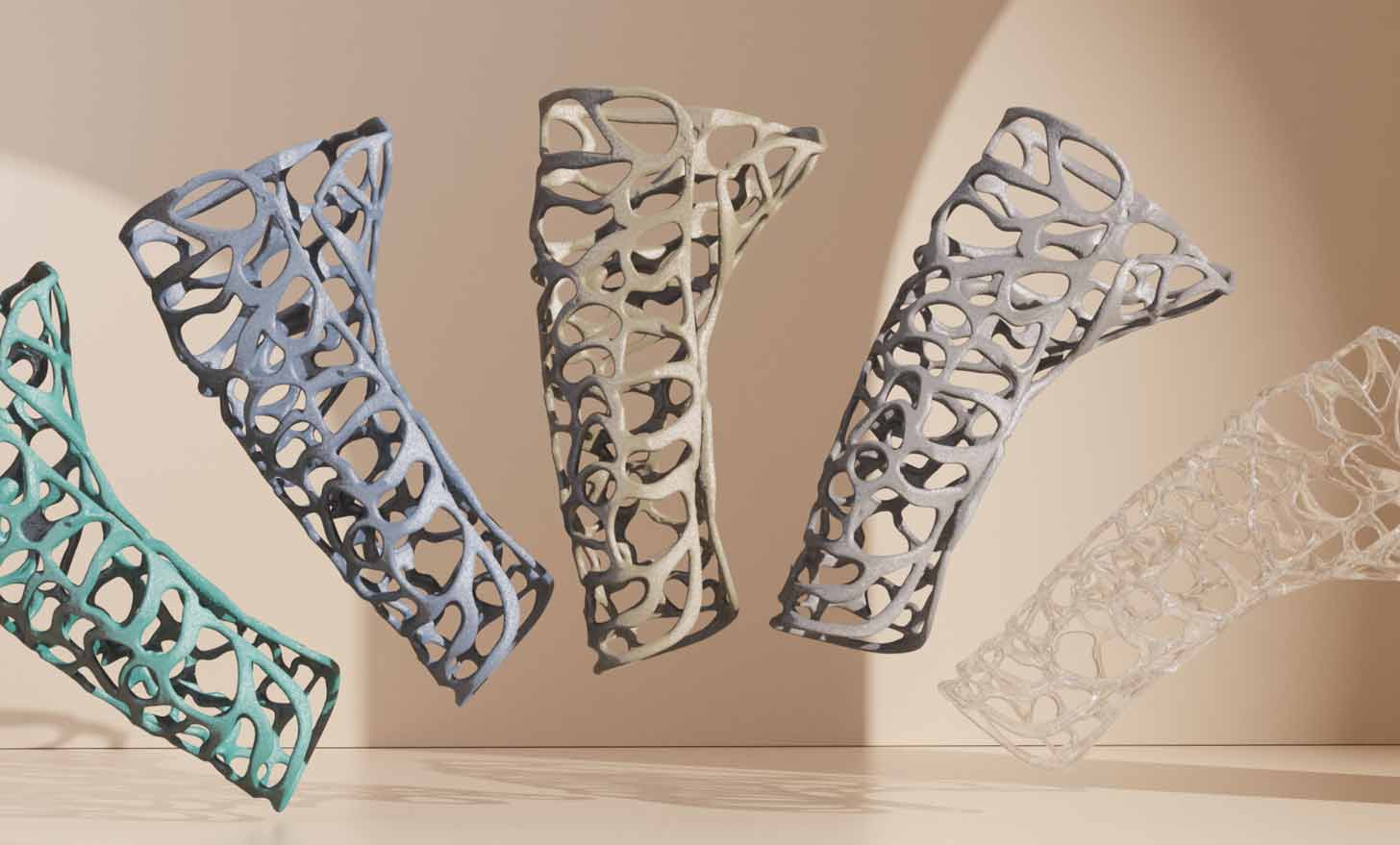
So, Inglis invented something new: Morphopaedics.
It’s an injection-molded lattice forearm cast, made with durable Nylon material that is lightweight, fully breathable, and a lot more comfortable than traditional fiberglass casts.
The Morphopaedics cast allows X-rays to be completed without removal, which eliminates unnecessary follow-up appointments and makes healing a breeze.
It also provides a lot more ventilation for the wearer and is fully water-resistant, meaning people can shower and practice hygiene freely, something unimaginable in traditional casts.
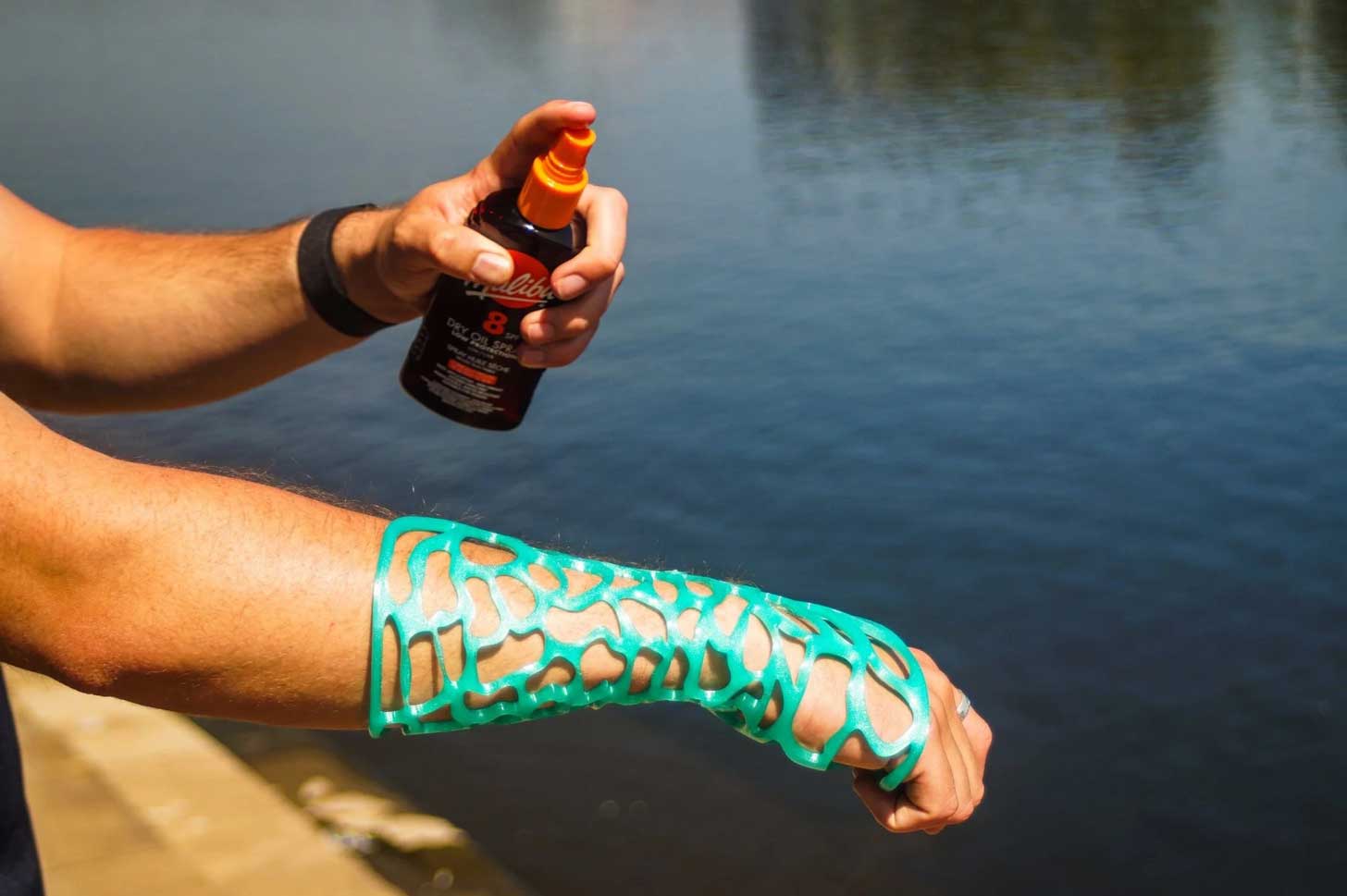
The Morphopaedics design also includes micro-adjustable fasteners to adapt to swelling and anatomical variation, and can be applied or removed without special tools or saws, making it a safer and more efficient alternative for doctors, too.
Considering his own time in physical therapy, Inglis also ensured that the cast would support technology like TENS and LIPUS, making it easier for patients to retain their strength and improve their mobility even faster, reducing overall recovery times.
“This cast was born out of that empathy,” Inglis told the university, “and a belief that we can do better — both for patients and for the healthcare system.”
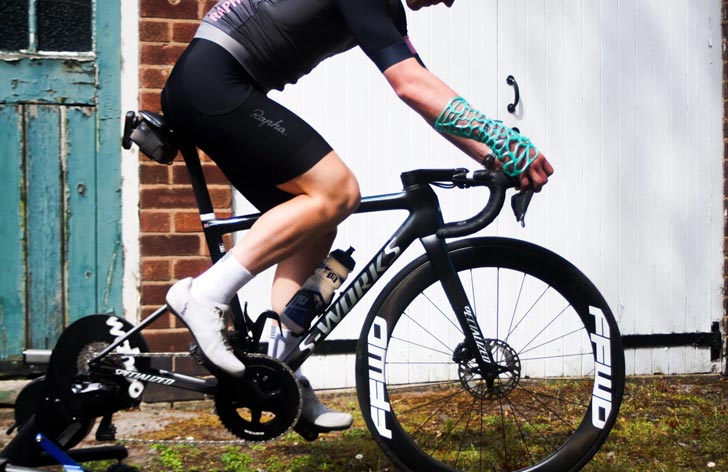
Right now, the cast is only designed for arm fractures and is formed directly onto the patient’s arm by heating it and shaping it properly. The Nylon 66 material is also hypoallergenic and breathable, with smoothed edges, making the wearer significantly more comfortable and reducing the risk of skin irritation.
It’s also fully recyclable.
“There’s a huge opportunity here to modernize a process that hasn’t changed in decades,” Inglis added to the university. “Medical imaging has advanced exponentially — casting hasn’t. I want to change that.”
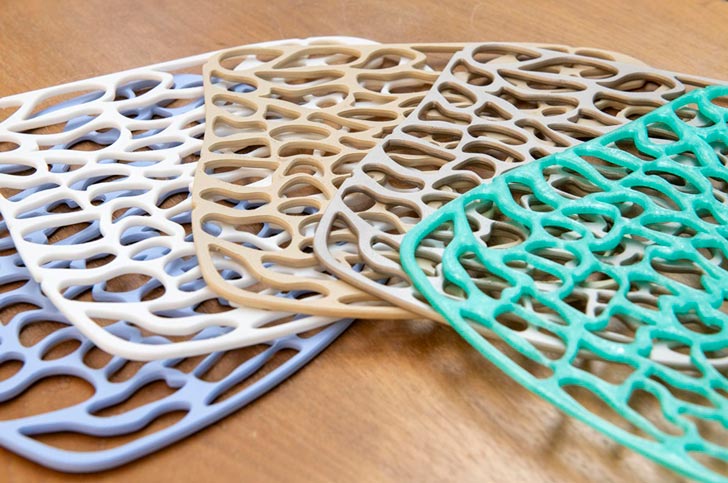
Inglis has produced and tested a 3D-printed prototype, and future iterations will now be made through injection molding. He is also working on registering the design for trademark and refining the design during his Master’s degree studies.
“Jake has shown how simple design skills can radically modernize the way people are treated for common injuries such as fractures,” Dr. Joseph Stewart, one of Inglis’ professors, said.
“His design would not only lead to greater efficiencies for the NHS, but a better experience for patients, which would help improve their recovery times and overall wellbeing.”
Healthcare professionals have also reportedly shared positive feedback about the prototype, especially its potential to streamline treatment for specialist staff.
“By streamlining application, improving patient comfort, and lowering long-term costs, Morphopaedics not only enhances clinical care but also offers a sustainable, scalable solution that fits seamlessly into existing NHS workflows,” Inglis added on his own website portfolio.
“It’s more than a cast — it’s a step toward smarter, human-centred fracture treatment.”
Header image courtesy of Jake Inglis/Morphopaedics
